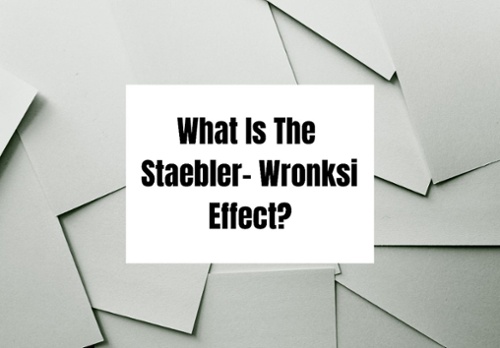
Discovered by researchers David L. Staebler and Christopher R. Wronski in 1977, the Staebler-Wronski effect occurs naturally in amorphous silicon manifesting itself primarily as a change in photoconductivity in the amorphous silicon i layer.
This change in photoconductivity causes a 10-30% decrease in amorphous silicon solar panel’s fill factors.
While there is no way to avoid this degradation as it is inherently part of the physical properties of the amorphous silicon material, the actual degradation depends on the materials used and the manufacturing process.
The effect begins when the panel is exposed to light, and the more intense the exposure, the worse the impact will be.
The initial degradation is quite rapid, but then the stabilizes. Maximum degradation is dependant on the maximum intensity of exposure and at what time in the panel’s life that exposure takes place.
For example, if you were to use a panel in the blazing Texas sun the effect will be more dramatic more quickly due to light intensity compared to the same panel in a cooler Montana sun.
The Staebler-Wronski effect can be managed, and commercially available amorphous silicon products typically see a 10-15% percent degradation.
The actual causes are not well known, but the effect is very well characterized. There have been multiple studies over the years trying to identify the exact mechanism for the effect, but no one has been able to pinpoint precisely why the Staebler-Wronski effect occurs.
Although the exact mechanism for the effect is not known, we do know that it is caused by the breaking of bonds in the silicon-hydrogen matrix. The light energy destroys the bonds and leaves dangling bonds in the material, which act as recombination centers or traps. These traps will grab electrons (negative charges) and holes (positive charges) traveling through the material and reduce the output current of the device.
While the Staebler-Wronski effect is caused by light, its effects are also healed by light or rather the heat generated by the IR radiation from the sun in a process called annealing. At higher temperatures (60-70C) defects in the amorphous silicon solar material are healed, and panels return to their stabilized levels.
Based on the rate of degradation and healing, 70-75C is the optimal operating temperature for amorphous silicon. At this temperature amorphous is generating defects but also healing them at almost the same rate.
If you look at long term studies of amorphous silicon, you will notice a cyclical high low pattern in performance throughout the seasons where the performance of the panels drops from the stabilized level (10-15% of beginning power) and then recovers from that drop off getting you back to the stable level. For example, in winter the effect is much worse, but in the summer, heat heals the panel and reduces the effects of Staebler-Wronksi.
You might be asking yourself, “Why does any of this matter?”
While drop-offs in performance will stabilize, if you are using an amorphous silicon solar panel, it’s essential to factor in the Staebler-Wronski effect.
Consider what your long term power needs are and size your solution appropriately.
If you need 10W of power, build in a buffer creating a solution that utilizes 12W. This way a 10-15% drop off in power doesn’t impact your solution in the future.
Additionally, you might see differences in performance based on the season.
While this is common amongst all solar panels, due to temperature coefficient, the Staebler-Wronski effect causes peaks and valleys in performance usually based on operating temperature.
Don’t be alarmed by these variations. They are expected but should be planned for appropriately during the design phase of your product.
In the end, the Staebler Wronski effect is one of many factors you must take into account when designing an amorphous silicon solar solution.
PowerFilm has over 32 years experience creating custom solutions, and we would love to walk through your design ensuring the best performance possible.
Are you Interested in learning more?
Contact us and let’s start a conversation today.